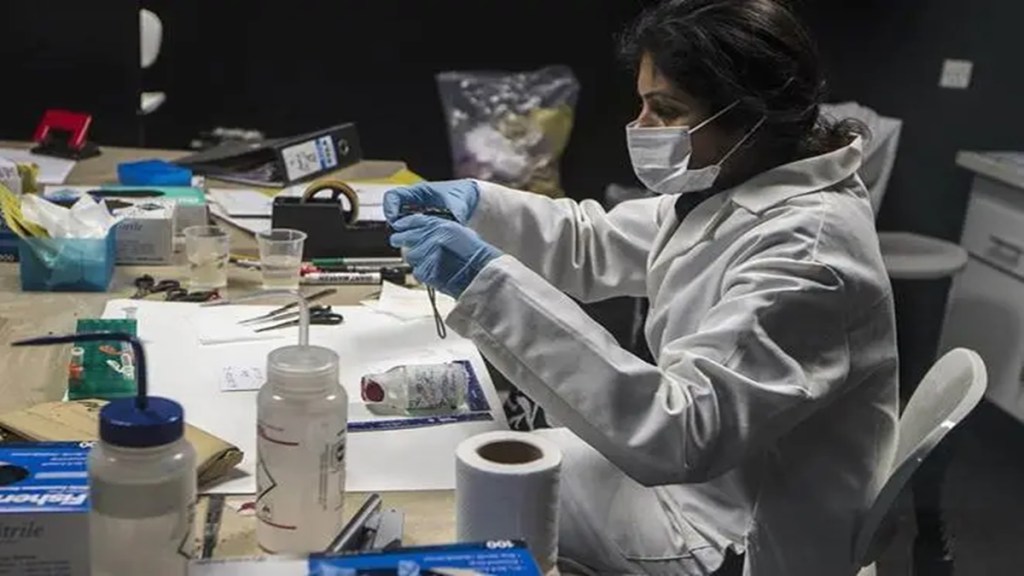Prime Minister Narendra Modi made a forceful pitch for innovation with the slogan Jai Anusandhan as India heads towards a centenary of Independence. At the Indian Science Congress in 2020, he exhorted young scientists to “Innovate, Patent, Produce and Prosper” as the India growth story depends on its prowess in science and technology (S&T). However, the reality on the innovation and S&T front is that India has a long way to go despite considerable progress. If patents are considered a proxy for innovation, patent applications have risen from 45,444 in 2016-17 to 66,440 in 2021-22. Patents granted in India, too, have gone up from 9,847 to 30,074 over this period. What is noteworthy is the increase in the share of residents in the applications from less than 30% in 2016-17 to 44.5% in 2021- 22. For the first time in the last 11 years, the domestic patent filing has also surpassed the number of patents filed by non-Indians at the Indian patent office in the last quarter of FY22. Despite these improvements, India lags way behind its global peers as the number of patents filed in 2020 was only 4% of those filed in China and 9.5% of those filed in the US, according to a working paper of the Prime Minister’s Economic Advisory Council by Sanjeev Sanyal and Aakanksha Arora.
For starters, the low levels of patenting in the country reflect the relatively low expenditure on research and development of 0.7% of GDP. For all the exhortation to innovate, the fact is that science as a career option is no longer an automatic choice for the brightest minds. The ratio of those who are engaged in R&D to the working population is only 0.07%. India has 255 researchers per million of population while China has five-times more at 1,225 and the US has 17-times more at 4,245, according to the Department of Science and Technology’s R&D Statistics. For further progress, India’s science base must be strengthened through better synergies between new initiatives in S&T and the university system. Public-private partnerships are necessary to step up funding for research in frontier S&T areas and, above all, S&T institutions must be de-bureaucratised. Collaboration with prestigious foreign universities also must be encouraged to sharpen India’s edge in innovation and S&T.
Also read: Agriculture in the amrit kaal
Besides the low R&D spend, the PMEAC working paper highlights the procedural delays and complexity of the process as also an important cause for low patents in India. It takes about 58 months on average to dispose of a patent application when compared to about 20 months in China and 23 months in the US. The analysis in this paper suggests that the major cause of this delay is the shortage of manpower in the patent office. Only 860 people were employed in the patent office in India at the end of March 2022, including both examiners and controllers, as compared to 13,704 in China and 8,132 in US. Around 164,000 applications thus were pending at the controller level as on March 31, 2022. The manpower in the patent office needs to be beefed up to 2,800 in the next two years. Another important suggestion is to provide greater autonomy for the Office of Controller General of Patents, Designs & Trade Marks, which will serve to efficiently process patent applications and better reflect India’s progress in innovation and S&T in the future.

